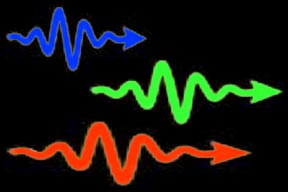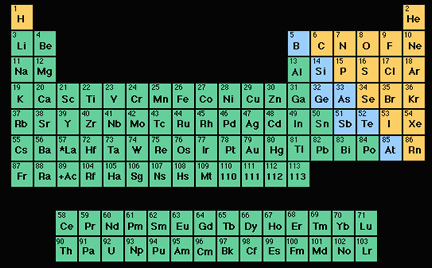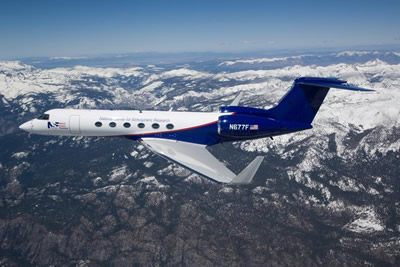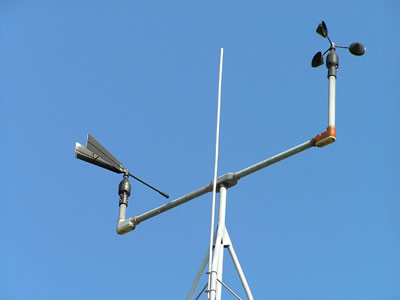Ionosphere Constituents
The various regions of the ionosphere have
higher concentrations of charged particles (ions) than do other parts of the thermosphere,
which consists mostly of electrically neutral atoms and molecules.
These ions are created when energetic photons from
the Sun collide with atoms and molecules in the atmosphere, knocking electrons out
of the atoms and molecules in a process called photoionization. The composition
of the ionosphere, in terms of elements and compounds, reflects the composition
of the neutral atmosphere from which it is generated.
The graph below shows the density of seven important constituents of the ionosphere
(ionized forms of six gases plus free electrons). Click on the check boxes
at the bottom of the graph to hide or show individual curves. (If you don't
see
the
graph,
you
may
need
to
install
the
latest version
of the Flash player onto
your computer.)
You might also be interested in:

The thermosphere is a layer of Earth's atmosphere. The thermosphere is directly above the mesosphere and below the exosphere. It extends from about 90 km (56 miles) to between 500 and 1,000 km (311 to
...more
Light is very strange. Sometimes it is best to think of light as a series of waves. At other times, it is useful to think of light as a swarm of particles. When we think of light as particles, we call
...more
An element (also called a "chemical element") is a substance made up entirely of atoms having the same atomic number; that is, all of the atoms have the same number of protons. Hydrogen, helium, oxygen,
...more
Rainbows appear in the sky when there is bright sunlight and rain. Sunlight is known as visible or white light and is actually a mixture of colors. Rainbows result from the refraction and reflection of
...more
The Earth travels around the sun one full time per year. During this year, the seasons change depending on the amount of sunlight reaching the surface and the Earth's tilt as it revolves around the sun.
...more
Scientists sometimes travel in specially outfitted airplanes in order to gather data about atmospheric conditions. These research aircraft have special inlet ports that bring air from the outside into
...more
An anemometer is a weather instrument used to measure the wind (it can also be called a wind gauge). Anemometers can measure wind speed, wind direction, and other information like the largest gust of wind
...more














